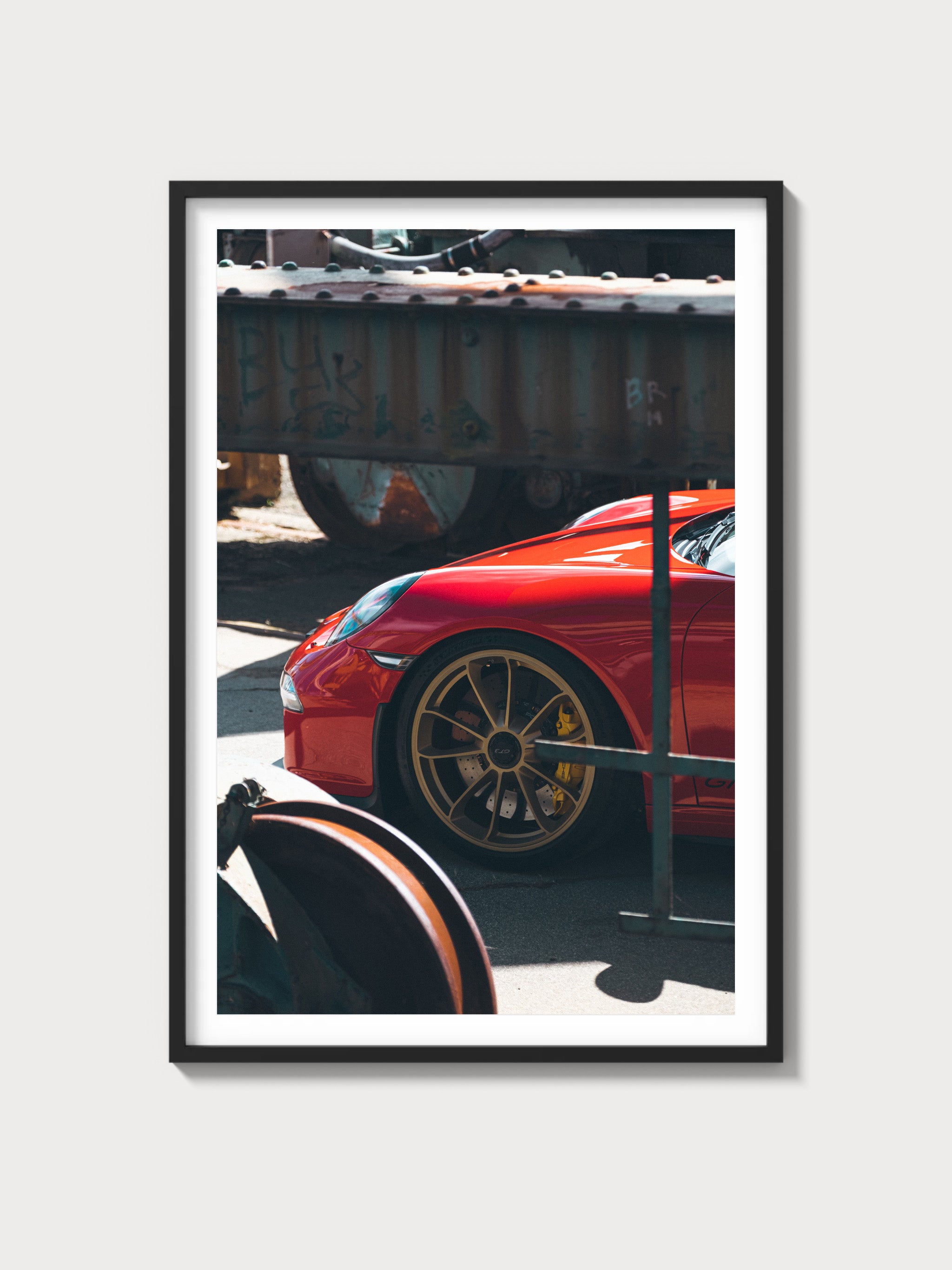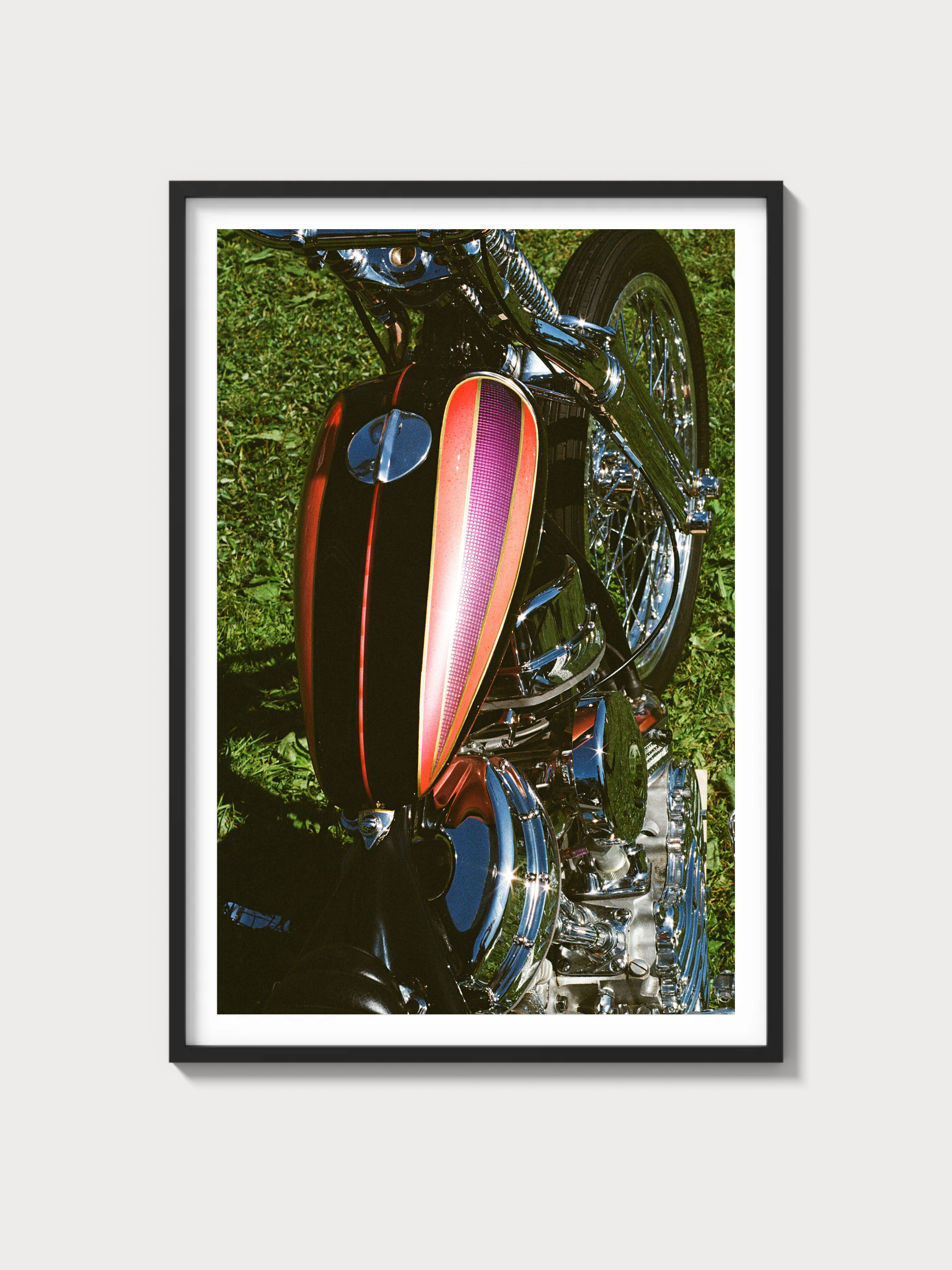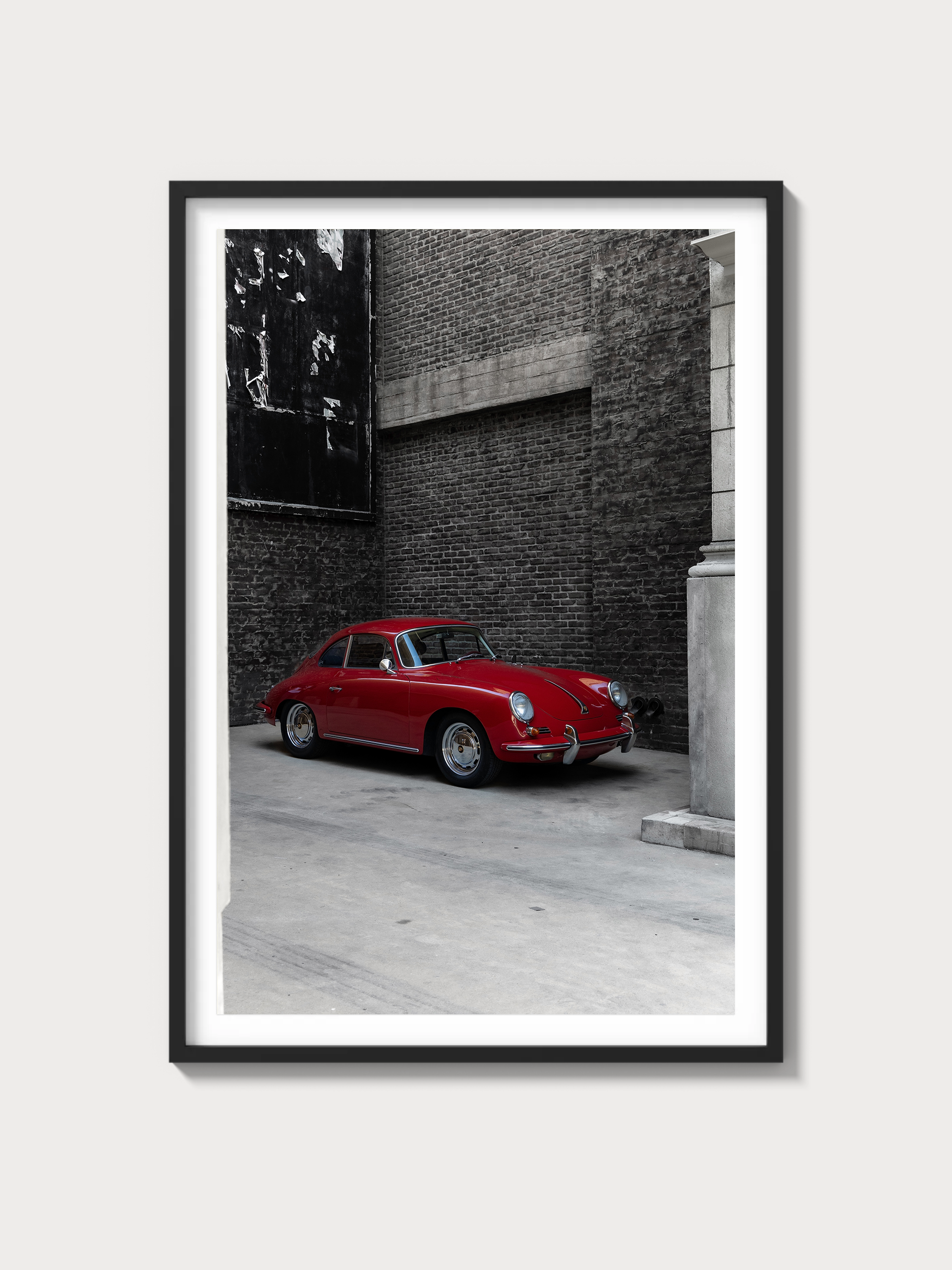Ferrari 599 GTB Fiorano: The Definitive History, Specs, and Legacy
Introduction: Ferrari’s Pinnacle Front-Engine GT
In the illustrious lineage of Ferrari’s road cars, the 599 GTB Fiorano, introduced in 2006, stands as a pinnacle of front-engine grand touring—a masterpiece that fused supercar performance with GT refinement via a 6.0-liter V12. Crafted by Pininfarina, this model saw 3,966 units produced, succeeding the 575M Maranello. Named after Ferrari’s Fiorano test track, the 599 GTB blended breathtaking power, advanced technology, and timeless elegance, setting a new standard for Ferrari’s GT legacy.
The year 2006 was a vibrant period for Ferrari, its racing triumphs—Enzo, 612 Scaglietti—complementing road car innovation under Luca di Montezemolo’s leadership. Unveiled at the 2006 Geneva Motor Show, the 599 GTB Fiorano captivated with its aggressive design and potent V12. This exhaustive history, penned with a Ferrari historian’s precision, explores its technical brilliance, its iconic styling, its subtle racing ties, and its enduring legacy.
Historical Context: Ferrari’s GT Evolution
The Ferrari 599 GTB Fiorano emerged during a golden era for Maranello. By 2006, Ferrari’s racing pedigree—360 Modena’s racing success, Enzo’s F1 mastery—had solidified its stature, yet the company sought to elevate its front-engine GT lineage beyond the two-seat focus. The 575M Maranello’s 3,602-unit run (2002-2006) had refined the GT formula, but Ferrari aimed for a more powerful, dynamic successor. The 599 GTB, with its 6.0L V12 from the Enzo, aluminum chassis, and advanced dynamics, answered, targeting enthusiasts and luxury buyers while rivaling the Lamborghini Murciélago LP640 and Porsche 911 Turbo.
A total of 3,966 units were built (2006-2012)—all Pininfarina coupes, including variants like the GTO—reflecting strong demand. Chassis 156790, the prototype, debuted at Geneva in March 2006, its sculpted form signaling a new GT era. This was a car for discerning elites—European drivers, American collectors—its production balancing performance with Ferrari’s prestige amid Italy’s mid-2000s economic stability.
The broader context of 2006 shaped its purpose. The GT market thrived—Aston Martin DB9 AMR, Bentley Continental GT Speed—while buyers sought supercar power in a GT package. The 599 GTB Fiorano bridged Ferrari’s racing heritage, rooted in the 550 Maranello, with a modern grand tourer.
Technical Specifications: The V12’s Supercar Power
The Ferrari 599 GTB Fiorano’s heart was its 6.0-liter V12—a detuned version of the Enzo’s engine, optimized for GT performance. Below, we dissect its engineering with historian’s detail.
Engine: The 6.0-Liter F140 V12
Displacing 5,999 cc (bore 92 mm, stroke 75.2 mm), the 599’s V12 was a front-mounted, all-aluminum unit with a 65-degree V-angle, featuring four valves per cylinder (double overhead camshafts per bank), an 11.2:1 compression ratio, and Bosch Motronic ME7.1 fuel injection. It produced 620 horsepower at 7,600 rpm—a 105 hp gain over the 575M’s 515 hp. Weighing 345 lbs, it delivered 448 lb-ft of torque at 5,600 rpm.
This engine was a GT supercar. Chassis 159876, a 2007 model, showcased its ferocious yet refined power, blending Enzo-derived intensity with road usability.
Performance: GT Supercar Speed
The 599 GTB reached 205 mph (330 km/h)—verified by Autocar’s 2007 test—outpacing the 575M’s 202 mph, with a 0-60 mph time of ~3.5 seconds, a 0.7-second improvement. Its power-to-weight ratio (367 hp/ton) far exceeded the 575M (298 hp/ton), offering a thrilling yet luxurious GT experience.
Chassis and Suspension: Aluminum Precision
The chassis was an aluminum spaceframe, weighing 1,690 kg (3,726 lbs)—40 kg lighter than the 575M due to optimized design. Its 2,750 mm wheelbase (250 mm longer than the 575M) enhanced stability, with fully independent suspension—double wishbones with coil springs and magnetorheological dampers (SCM system)—delivering sharp handling and a refined ride.
Transmission and Brakes: Advanced Dynamics
A 6-speed manual gearbox—rear-mounted, transaxle design—drove the rear wheels, its ratios (1st: 2.73, 6th: 0.79) favoring performance, with an optional F1-style paddle-shift (F1-SuperFast, 100-ms shifts). Braking relied on 14-inch carbon-ceramic disc brakes with ABS, delivering 1.2g deceleration—exceptional for its class.
| Specification | Details |
|---|---|
| Engine | 6.0L V12, 620 hp @ 7,600 rpm |
| Displacement | 5,999 cc (92 mm x 75.2 mm) |
| Top Speed | ~205 mph (330 km/h) |
| 0-60 mph | ~3.5 seconds |
| Weight | 1,690 kg (3,726 lbs) |
| Transmission | 6-speed manual (later F1 paddle-shift) |
| Suspension (Front) | Double wishbone, coil springs, magnetorheological dampers |
| Suspension (Rear) | Double wishbone, coil springs, magnetorheological dampers |
| Brakes | Carbon-ceramic discs, 14-inch, ABS |
Design and Styling: Pininfarina’s Aggressive Elegance
The Ferrari 599 GTB Fiorano’s aesthetic was a Pininfarina triumph, blending aggression with GT elegance.
Exterior: Sculpted GT Form
Pininfarina built all 3,966 units—chassis 156790 featured a sharp nose, flying buttresses, and aerodynamic vents, finished in Rosso Corsa. Its 2,750 mm wheelbase and aluminum body offered a sculpted, aggressive profile, with a low stance and sleek lines enhancing its supercar appeal.
Interior: Refined GT Cockpit
The cabin was a luxurious retreat: leather bucket seats (black or tan), a carbon-fiber dash, and Veglia gauges—tachometer (10,000 rpm redline), speedometer, oil pressure. Chassis 159876’s interior, with premium materials and F1 paddles, offered refinement beyond the 612 Scaglietti, contrasting the Enzo’s spartan focus.
Production and Variants: A GT Legacy
The Ferrari 599 GTB Fiorano’s 3,966-unit run (2006-2012) included the standard coupe, with variants like the 599 GTO (2010, 599 units). Chassis 156790 launched the series, while 172543 closed it, transitioning to the F12 Berlinetta. Its focus remained road excellence, with the GTO offering track capability.
Performance and Racing Legacy: A Dual-Purpose Icon
The Ferrari 599 GTB Fiorano racing history shone with the 599XX (2009), a track-only variant, and GT conversions, achieving wins in GT racing. Chassis 160543 (599XX) exemplified its track prowess. On the road—Autostrada, Pacific Coast—its 205 mph top speed and agile handling reigned supreme.
Ownership and Market Value: A Modern Classic
The Ferrari 599 GTB Fiorano value reflects its iconic status. Early owners included European enthusiasts and U.S. collectors. Today, prices range $200,000-$300,000—chassis 156790 sold for $250,000 at RM Sotheby’s 2023. Restoration costs—V12 rebuilds at $150,000—highlight its enduring appeal.
Cultural Impact: Ferrari’s GT Apex
The 599 GTB Fiorano marked the apex of Ferrari’s front-engine GT lineage, its V12 and dynamic design influencing the F12 Berlinetta. In 2000s lore, it’s the car of supercar performance and GT elegance, a cornerstone of Ferrari’s modern grand touring heritage.
Comparisons: Ferrari 599 GTB Fiorano vs Rivals
The Ferrari 599 GTB Fiorano vs Lamborghini Murciélago LP640 pits 620 hp V12 against 631 hp V12—Ferrari led in refinement, Lamborghini in aggression. The Porsche 911 Turbo (480 hp) trailed in power but matched in agility.
| Model | Engine | Power | Weight | Top Speed |
|---|---|---|---|---|
| Ferrari 599 GTB Fiorano | 6.0L V12 | 620 hp | 1,690 kg | ~205 mph |
| Lamborghini Murciélago LP640 | 6.5L V12 | 631 hp | 1,665 kg | ~211 mph |
| Porsche 911 Turbo | 3.6L Flat-6 Turbo | 480 hp | 1,585 kg | ~193 mph |
Frequently Asked Questions
What was the Ferrari 599 GTB Fiorano?
A 2006 6.0L V12 front-engine grand tourer.
How many were made?
3,966 units.
What engine powered it?
5,999 cc V12, 620 hp.
Did it race?
Yes—599XX and GT variants excelled.
What’s its value?
$200,000-$300,000.

















































